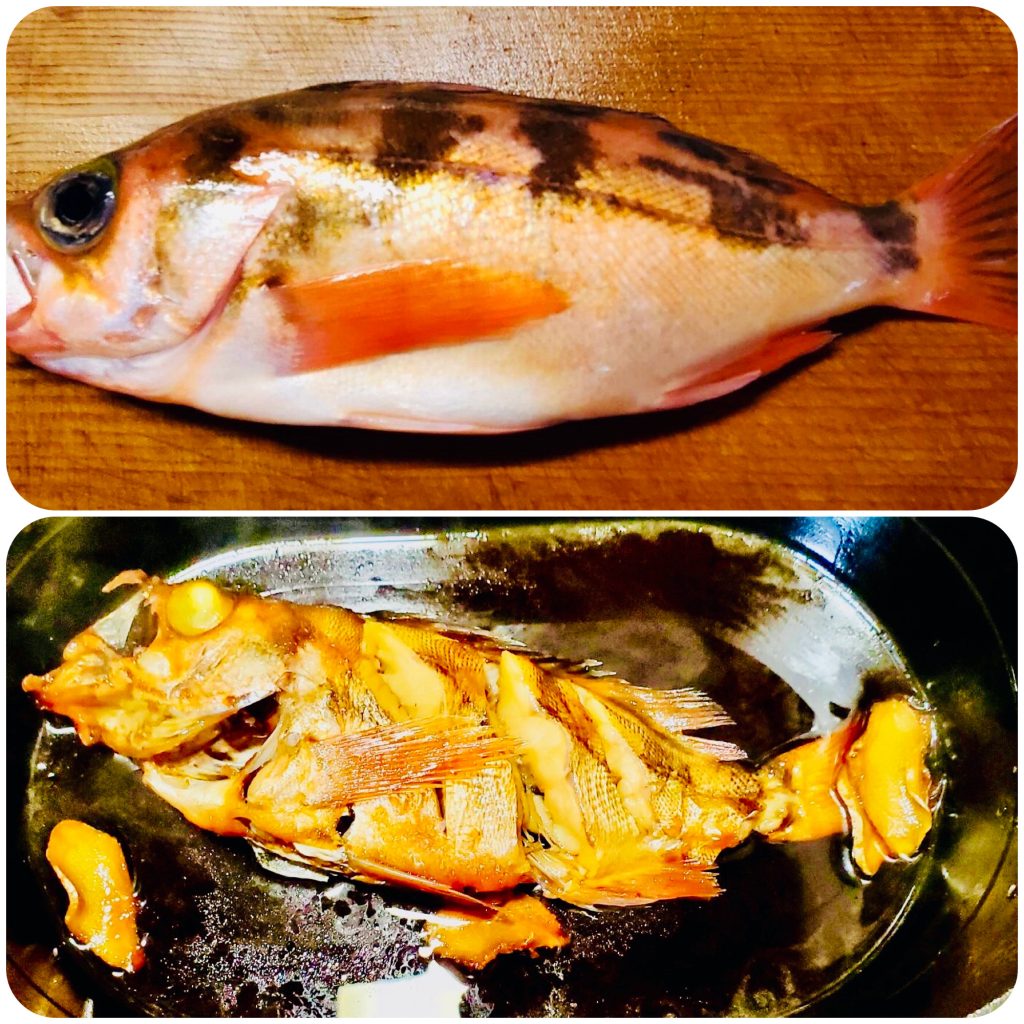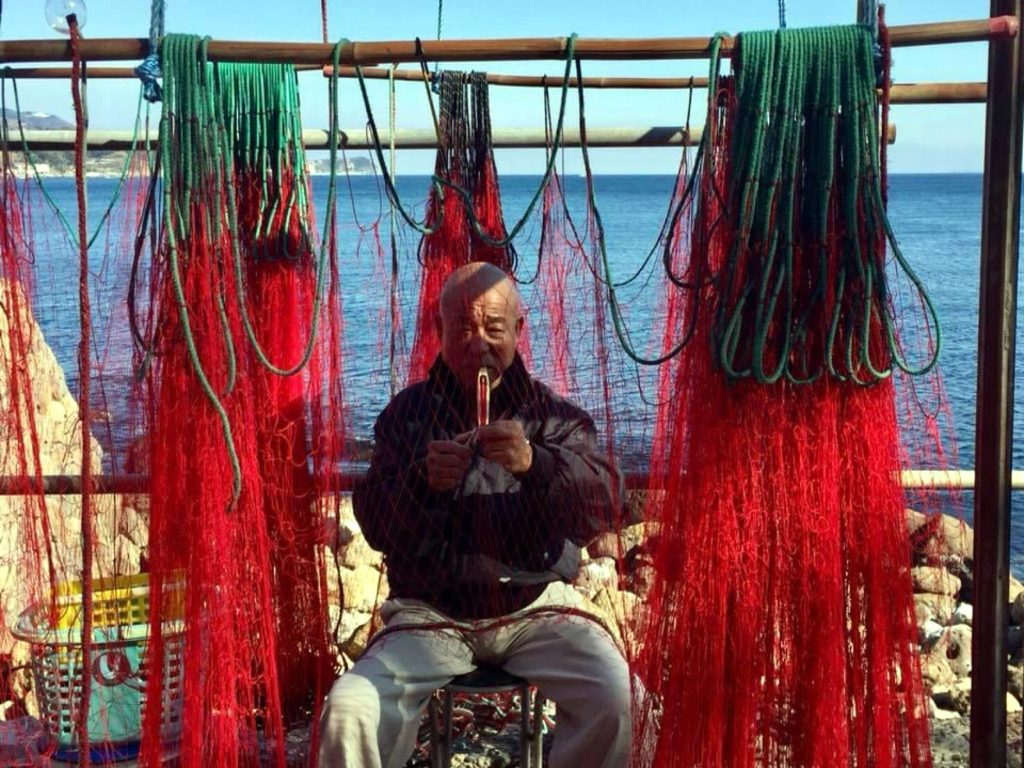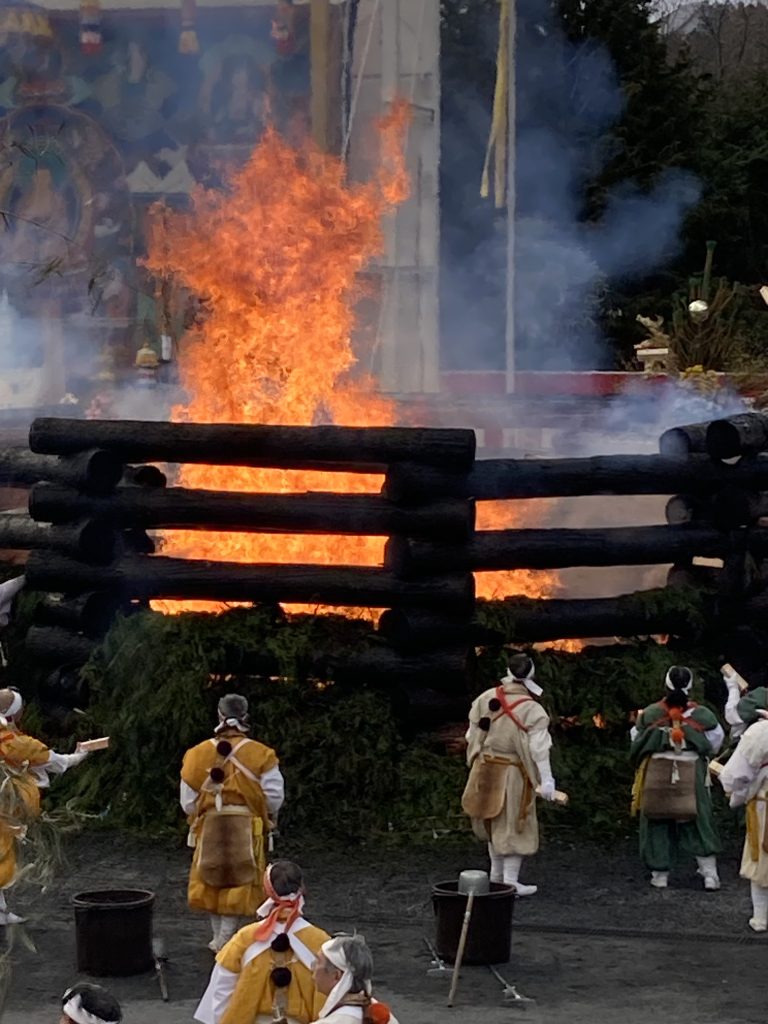
The ‘Mebaru,’ characterized by its round, large eyes, is a coastal fish caught in a wide range of sea areas from Hokkaido to Kyushu in Japan. Due to its distinctive appearance, it is written in kanji as ‘眼張’ or ‘目張,’ and depending on the variety, it is also referred to as ‘目春’ or ‘Harutsugeuo,’ meaning ‘spring-telling fish,’ due to being frequently caught in early spring. The Mebaru belongs to the Mebaru family, with a wide variety of species—over 120 worldwide, and more than 35 in Japan alone. Although traditionally all referred to as ‘Mebaru’ in Japan, they are now categorized as ‘Akamebaru’ (red-eyed rockfish), ‘Kuromebaru’ (black-eyed rockfish), and ‘Shiromebaru’ (white-eyed rockfish) based on their body color characteristics.
Being a translucent white-fleshed fish with a mild taste, Mebaru is delicious even when consumed raw. However, a recommended Mebaru dish is simmering. Despite its firm texture when raw, simmering causes the flesh to loosen, with a slightly sweet seasoning that, when paired with white rice, evokes a sense of spring. Mebaru is relatively easy to catch, leading some to perceive it as a common fish similar to horse mackerel or sardines; however, it is, in fact, a high-value premium fish in the market due to its scarcity compared to fish like horse mackerel or sardines, which can be caught in large quantities at once.
丸い大きな目が特徴の「メバル」。日本では北海道から九州までの幅広い海域で漁獲される近海魚です。見た目の特徴から漢字では「眼張」や「目張」、また品種によっては早春によく釣れることからから「目春」、「春告魚(はるつげうお)」と表記されます。メバル科に属する魚の種類は非常に多く、世界に120種類以上、また日本だけでも35種類のメバルがいると言われています。日本で古くから一括りに「メバル」と呼ばれていましたが、今では体色の特徴ごとに「アカメバル」「クロメバル」「シロメバル」と呼んで区別するようになりました。
透明感のある白身魚で、味わいにクセもないので生食でもおいしくいただける魚ですが、メバル料理のおすすめは煮付けです。生ではコリコリと食感のあるメバルですが、煮付けると身がばらけて、少し甘めの味付けで、白いご飯でいただくとそれだけで春を感じます。メバルは比較的簡単に釣れるため、釣り人からはよく釣れる魚としてアジやイワシなどと同じような印象をもたれがちですが、実は市場価値がとても高い高級魚なのです。アジやイワシのように一度に大量に取れる魚ではないからです。









